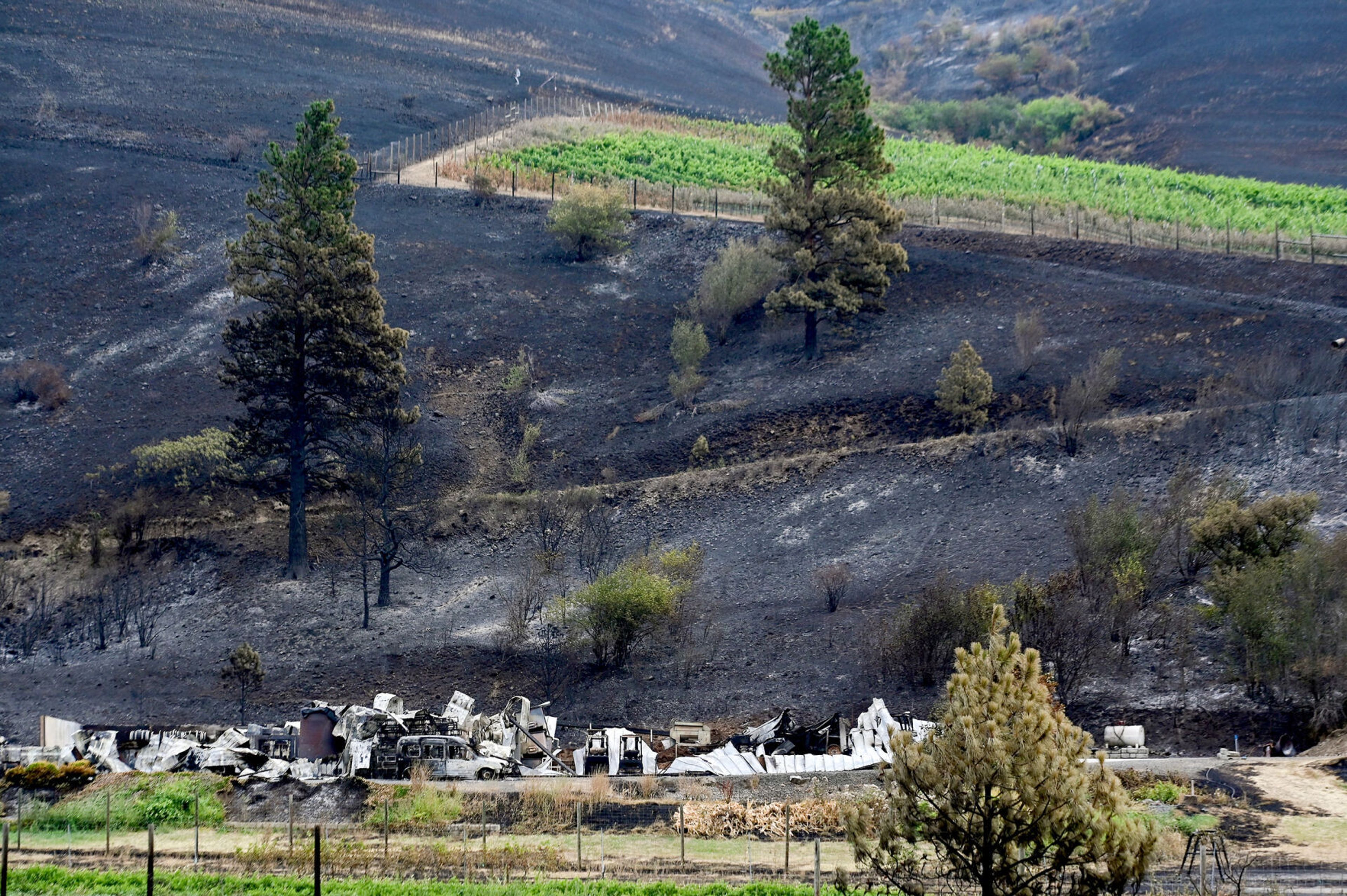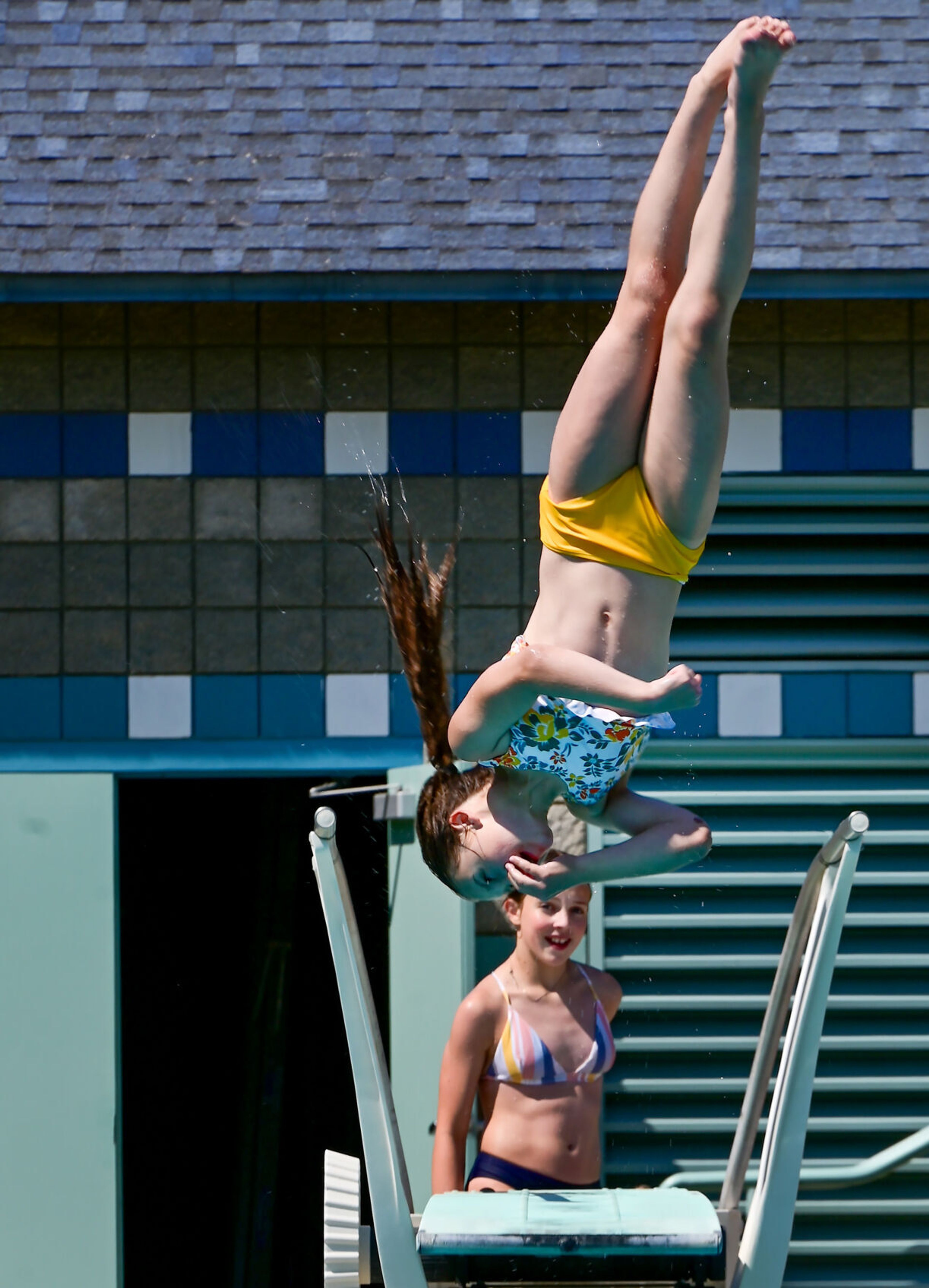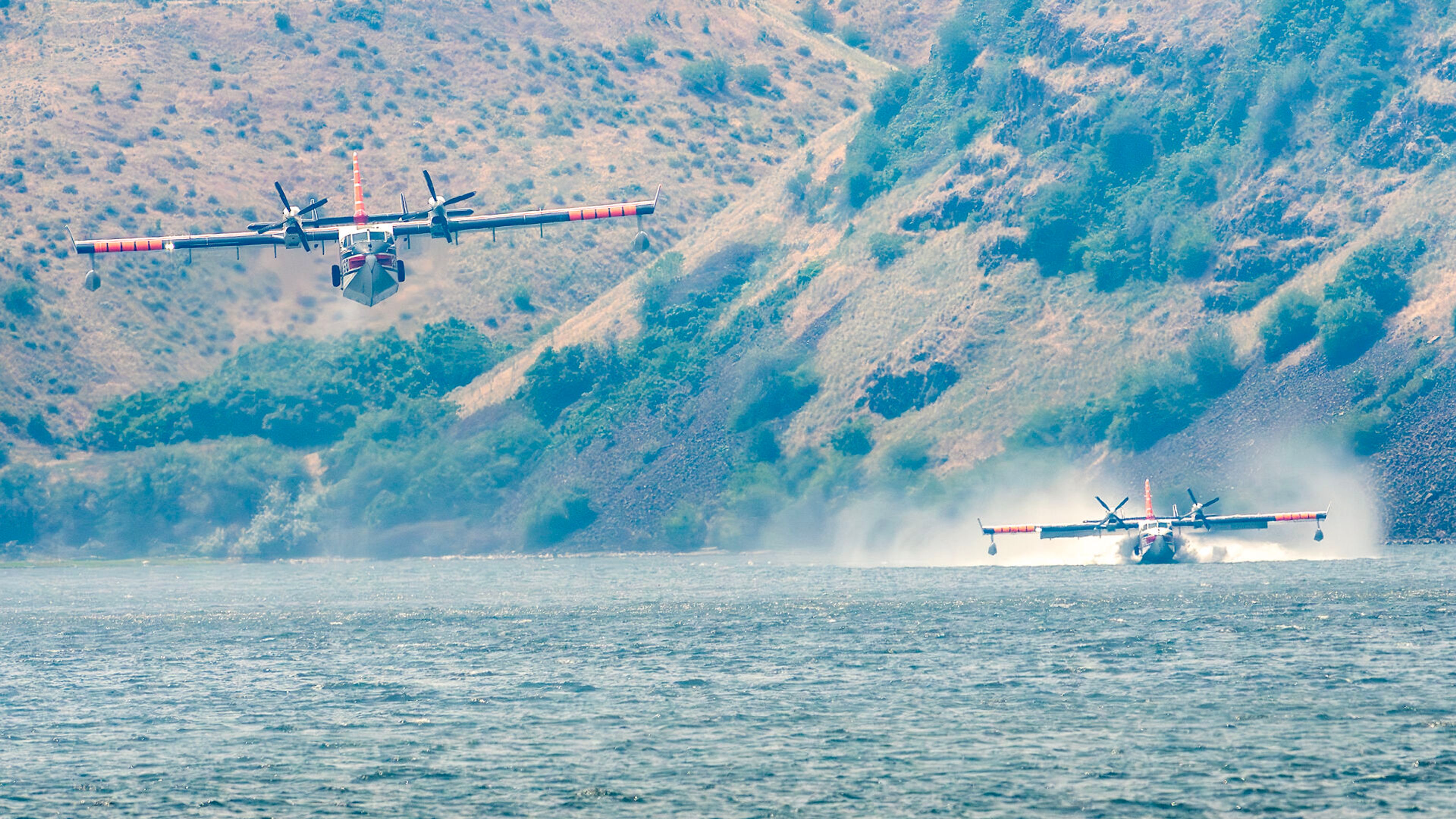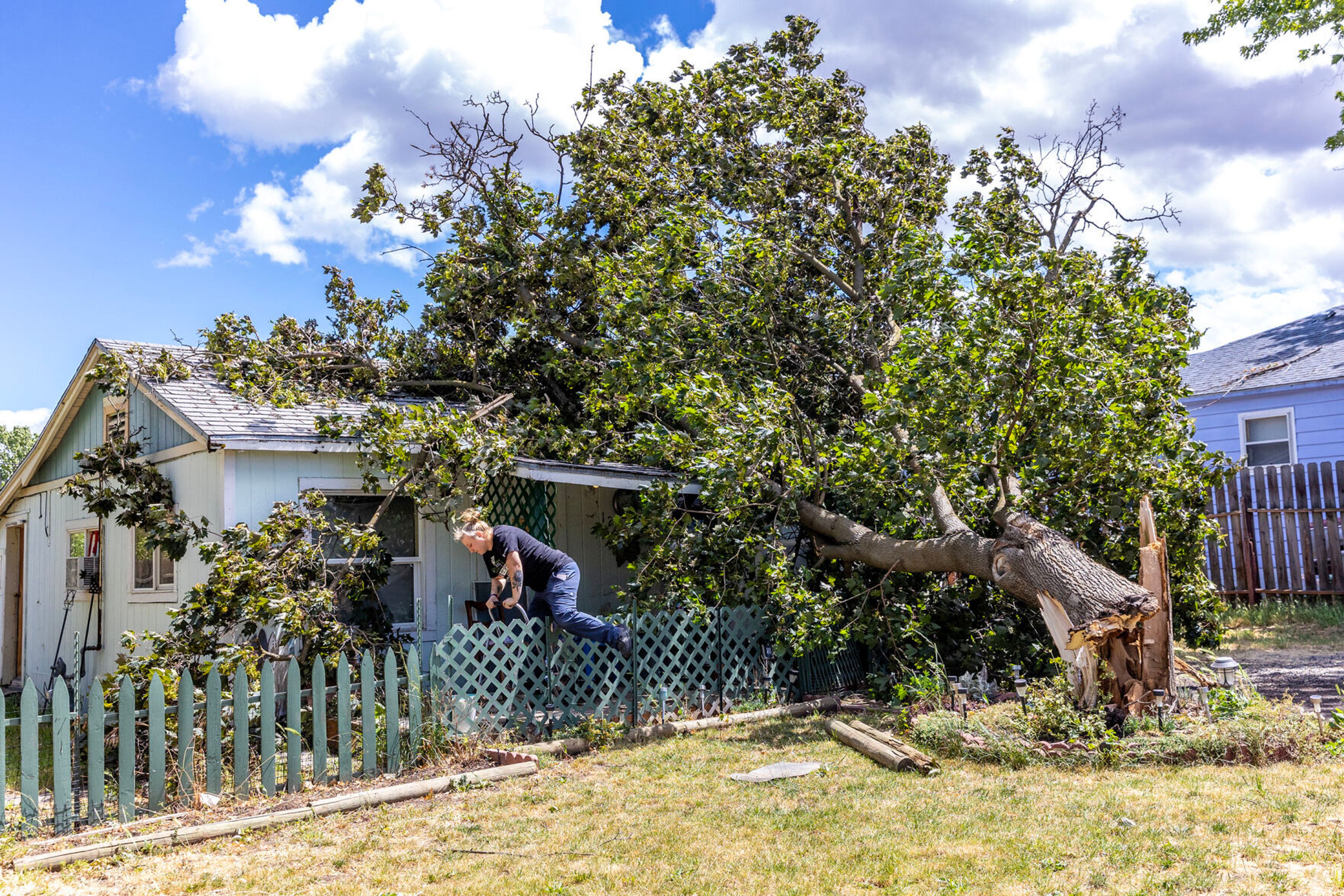COMMENTARY: My triple-digit forecast? More than usual
Is pre-Memorial Day too soon to be thinking about summer weather, 2024? Of course not. Summer will be here before we know it, reminded by recent days that have been in or near the 80s.
What to expect in the summer ahead? Expect it to be a warm one — drier and less precipitation than normal, hotter than the summer of 2023.
And what might we expect for triple-digit days in the Lewiston-Clarkston Valley? Here’s my number: 18.
That compares to an average of 11.8 triple-digit days in the past 22 years. It’s more than last summer’s comfortable — at least in hindsight — 13, the same 18 as in 2022 and well less than the 24 in 2021. That uncomfortable 24 in 2021 was the highest number in more than two decades.
This forecast and data are from the reliable Joey Clevenger, a meteorologist with the National Weather Service in Spokane.
Do you remember the summer of 2023? Here’s some recall on triple-digit days.
June had none (the 22-year average is only 1.3). July had seven, with the season’s first on July 8, reaching 100. August had six, including the season’s high of 109 (tying the record for the day) and one prolonged streak, the four days of Aug. 14 through Aug. 17, ranging from 105 through 109. September had nary a triple. It’s only once in five years that September has a triple-digit day.
Moscow-Pullman and the Camas Prairie, of course, seldom reach triple digits. (Pullman had one in 2023, with 100 reached last Aug. 15, while it was 109 in the valley.)
What’s the normal temperature range in Lewiston-Clarkston? June averages 80 degrees and 1¼ inches of rain, July averages 91 with .47 inches and August averages 90 degrees and .51 inches of rain. The Palouse and Camas Prairie, using Pullman as the example, are consistently 8 degrees cooler than Lewiston-Clarkston in June, July and August.
Clevenger agrees on the speculation of 18 triple-digit days ahead of us this summer, but adds: “I wouldn’t go to a casino and put money on it.”
(This writer is anticipating a third annual bet with Lewiston Tribune and Moscow-Pullman Daily News interim managing editor Matt Baney regarding the number of triple-digit days in the valley in 2024. Ahem, the Susan Anthony $1 coins have been collected by me the last two years.)
Moderate drought conditions are expected this summer. That was the case in May, having had only .59 inches of rain compared to an average of 1.69 inches.
What is the weather expectation for the Avista NAIA baseball World Series starting next Friday and extending through the following Thursday? The temperatures are expected to be cooler than we’ve had, warming up during the week of May 27, having showers (about .1 inches daily) over Memorial Day weekend and no rain from May 27 forward.
How is your recall of last winter? As expected, having an El Nina rather than La Nina (after three consecutive years), our winter was somewhat warmer and drier than usual.
But you and I do remember this: It was the second week of January. On Jan. 11, a Thursday, 3 to 6 inches of snow arrived in the region. Then, on Saturday, Jan. 13, rare sub-zero temperatures arrived, with a reading of minus-10. It was the first time in 35 years to reach minus-10 or lower. It then “warmed” in the next three days to 2, 3 and 14 degrees.
You probably had roses and other plants that didn’t survive, presuming they lived through the hand-watering-only moratorium of last August in downtown Lewiston.
The winter snow total at the Lewiston-Nez Perce County Airport was 13.89 inches, with a half inch in December, 12.3 inches in January and half an inch in February. That compares to 16 inches of snow in 2022-2023. Temperature-wise, it was warmer than average in December (46.6 degrees, nearly 6 degrees more than average), cooler than average in January (39.3 degrees average vs. the normal of 42.2 degrees), and slightly warmer in February (48.8 degrees average vs. the normal 47.2 degrees).
My personal view of last winter? Snowfall was less than the year before, having only three days of morning driveway shoveling compared to five the previous winter.
Using Pullman as an example, the Palouse and Camas Prairie were cooler and snowier, of course. Temperatures averaged 42.1 in December (the average is 36.65), 35.1 in January (the average is 37.6), and 42.4 in February (the average is 41.7).
In comparison, the Lewiston-Clarkston Valley was 4.5 degrees warmer in December, 5.2 degrees warmer in January and 6.2 degrees warmer in February.
But the valley’s payback comes in triple degree days in summer, doesn’t it?
Is there anticipation for next winter for ski and snowmobile fans? Yes. The trend is moving back to a possible La Nina winter — wetter and cooler than the El Nino of last winter. That would mean more snow than last winter, when skiers and snowmobilers waited impatiently until February for significant, season-saving snowfall.
Alford is president of TPC Holdings, parent company of the Tribune. He may be contacted at alajr@lmtribune.com or at (208) 848-2250.








